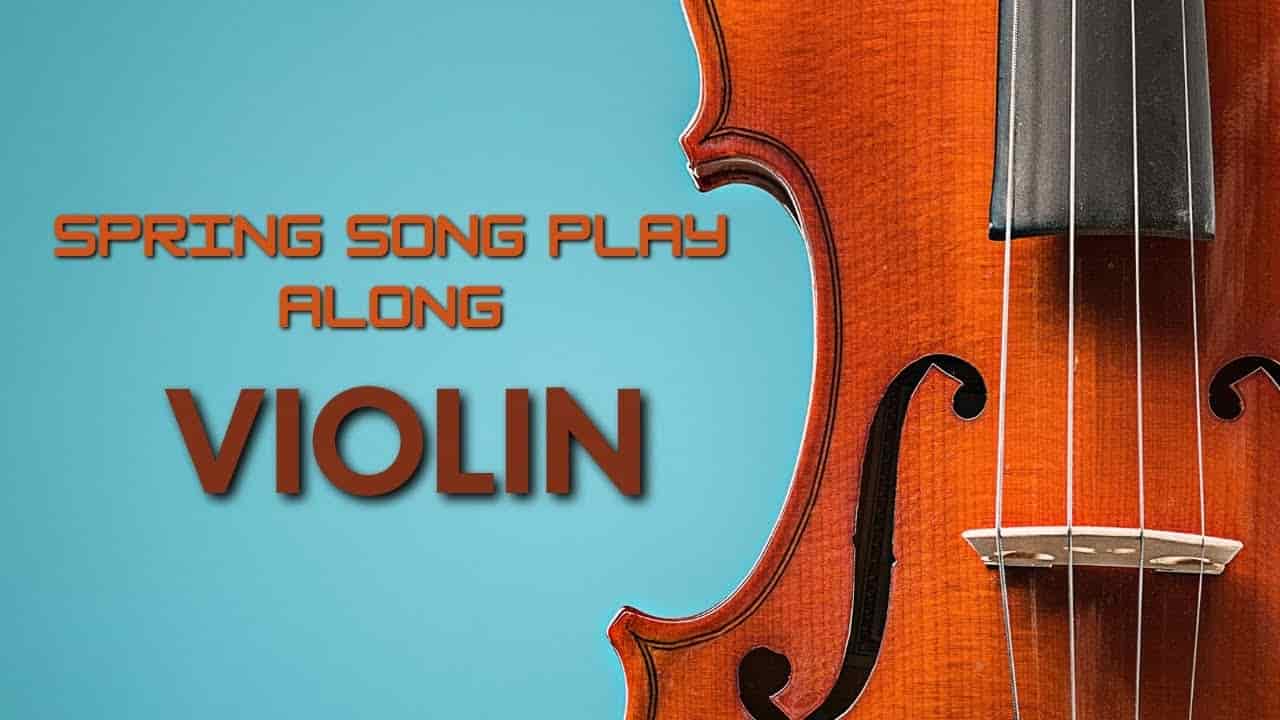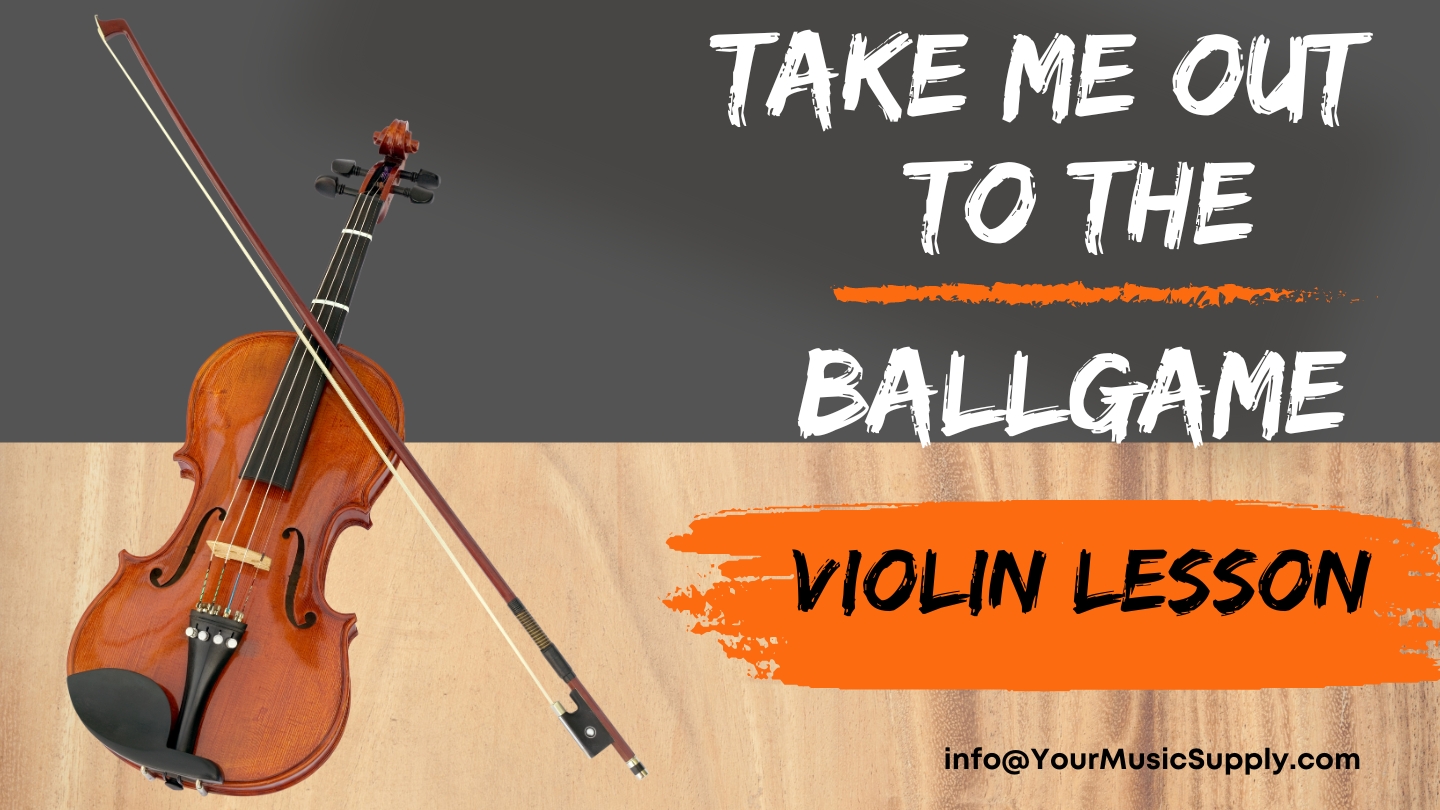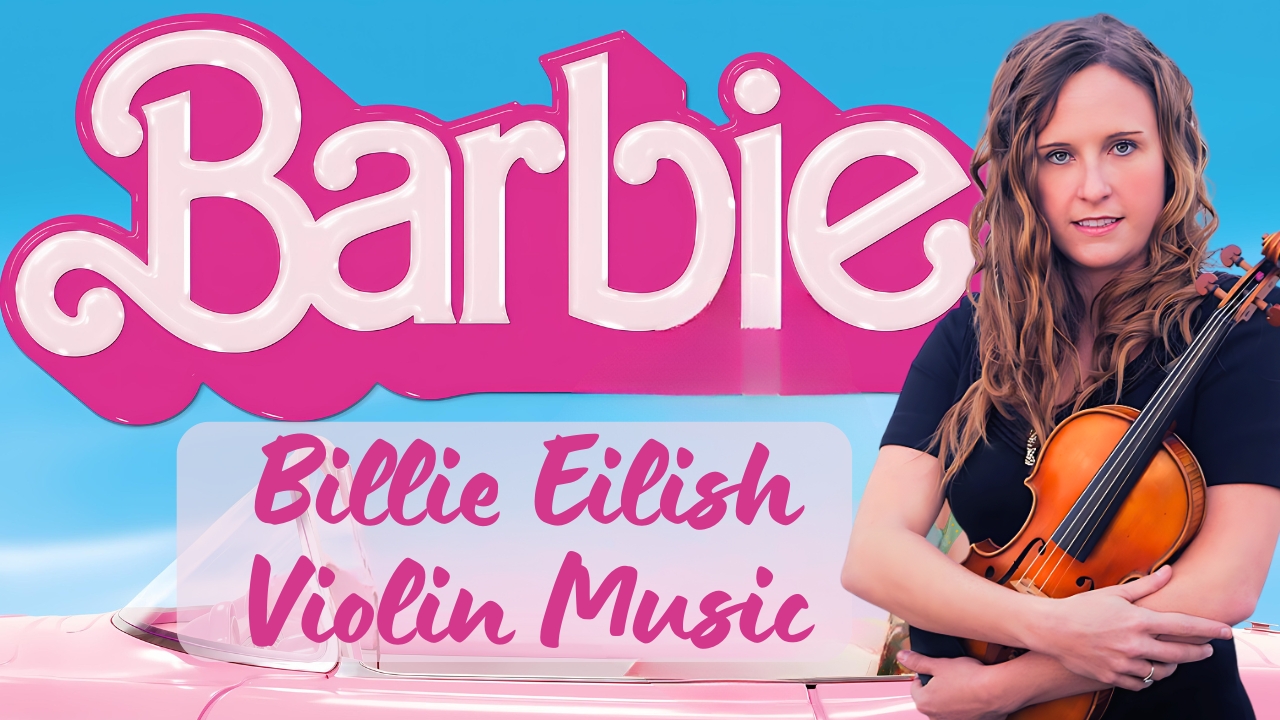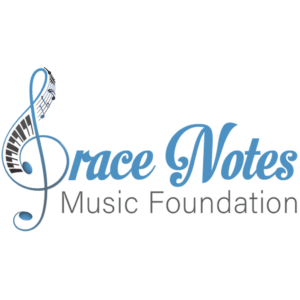Welcome to this violin tutorial, where “Spring Song” will be looked at in depth-a light, floating rhythm and classically wonderful tone full of the very essence of spring. Whether you are a beginning or highly skilled player of the violin, learning to play “Spring Song” is sure to further your technique and musicality. In the lesson, we are going to break down how to master the song, showing professional tips on finger positioning, bowing techniques, and the essentials from the sheet music.
Understanding “Spring Song” on Violin
“Spring Song” was written by Felix Mendelssohn as part of the work entitled “Songs Without Words.” It is one of those violin pieces in high demand because it sounds so melodious, and its difficulty level is rated as moderate. The way to learn “Spring Song” on the violin involves paying close attention to expression, dynamics, and bowing that should be seamless. You can therefore bring out its lively yet peaceful nature with the right techniques.
How to Play “Spring Song” on Violin Step by Step
1. Proper Placement of the Fingers
Playing “Spring Song” requires the right placement of fingers on the violin. Since it is that kind of song which requires one to move from high to low and vice versa, ensure proper placement of your fingers on the fingerboard for clear, ringing tones.
Scales: Go through some simple scales-G major or D major-to get you into the right pitch and mindset for the song. These are very similar to the key signature for “Spring Song,” so it will get your fingers acquainted with where they will need to go.
4th Finger Strength: Parts of “Spring Song” require the 4th finger on the A and E strings. Do exercises to strengthen the 4th finger so that when performing, transitions can be smooth.
2. Bowing Technique Mastery
“Spring Song” is all about smooth, flowing bowing technique. The melody requires legato bowing with light controlled strokes to maintain the song’s lyrical quality.
Long, Smooth Strokes: When the notes are longer, the bow should pass on the strings with ease. At the same time, the wrist should not be tense; neither are sudden jerky actions of the bow desirable, since they may interfere with evenness in the melody.
Bow Pressure: Light bow pressure will achieve a light airy tone when the dynamic are quiet. When the dynamics are louder the bow pressure would be firmer but once again controlled for an even sound.
3. Reading the Sheet Music
At the beginning of learning “Spring Song” on violin, familiarize yourself with the sheet music. Generally speaking, this song tends to be light and airy at a moderate tempo that is effortless in terms of feel regarding the music.
Key Signature: Speaking generally, “Spring Song” is played in E major or D major. Pay close attention to the key signature for the sharps and flats and practice your scales in this respect so you reach muscle memory.
Tempo: It is mostly moderate; it is marked at Andante or Allegretto. You must aim at a relaxed pace. Do not hurry over the notes since “Spring Song” is very expressive in the phrasing.
Phrasing: Pay great attention to phrasing every passage. “Spring Song” is almost divided into well-defined melodic lines. Practice shaping the phrases into some kind of musical narrative.
4. Practice Tips to Perfect “Spring Song” on Violin
Now that you have come to know the piece a bit better, here are some practice tips that shall help you put in a great performance.
Play Slow: For starters, play the entire piece at a very slow tempo. Without having mastered the correct playing of notes with appropriate bowing, do not move on to the intended tempo.
Metronome: Practice with the metronome in order for the tempo to be consistent. Once one is accustomed to the piece, do a gradual increase in speed. Recordings: With any luck, try to listen to recordings of professional violinists playing “Spring Song” and get that feel as to how it is supposed to sound. It comes in handy in the development of your interpretation of the piece while still being true to the original composition.
Sectional Practice: Break the whole thing down into small sections and work on each section individually. In this way you are able to work at problematic passages and eventually put together the whole piece bit by bit.
5. Expressiveness in Your Playing
“Spring Song” is not just some dots on the page but full of feeling and expression. The real challenge is to make your playing musical.
Vibrato: On longer held notes, use vibrato to bring warmth and richness into the sound. Dynamics: Be highly attentive to the dynamic markings on the sheet music. “Spring Song” is full of quiet introspective moments that then break into brighter and energetic phrases. Dynamic contrast helps emphasize these shifts in mood.
Articulation: When playing “Spring Song,” pay a great deal of attention to the slurs and legato markings on the sheet music. Smooth bow changes along with clean articulation are both essential in developing that flowing sound which “Spring Song” requires.
Common Issues with Playing “Spring Song” on the Violin
While “Spring Song” is not a song of extremely technical difficulty, it does create a multitude of challenges for violinists at virtually any level of experience.
String Crossings: Use smooth string crossings without noise in this melody. Practice string crossings at slower speeds.
Bow Consistency: Much of the difficulty in playing this piece is to achieve an even tone throughout; there are places where dynamic changes need quite sensitive adjustment. Work on bow pressure and speed to preclude any jarring shifts in the tone.
Intonation: Playing in tune is quintessential here. Give due care to the higher positions of the fingerboard as intonation so easily can slip if attention to it was focused not properly.
Final Thoughts on How to Play “Spring Song” on Violin
One of the satisfying aspects of learning to play “Spring Song” on the violin is that you will be able to convey with your instrument the light, airy mood of spring.
This classical piece can be learned and prepared for your violin repertoire through proper practice in paying close attention to technique. Whether you play to prepare for a performance or to please yourself, “Spring Song” will most definitely enchant your audience with the song’s elegance and grace.
Conclusion
Follow this tutorial and you will be well on your way to mastering “Spring Song” on the violin. Keep in mind the close attention to be paid to finger positioning, bowing technique, and playing expressively to bring this classical melody to life. With dedication and practice, this delightful tune will soon be considered one of your favorite violin pieces to play. Happy practicing!




